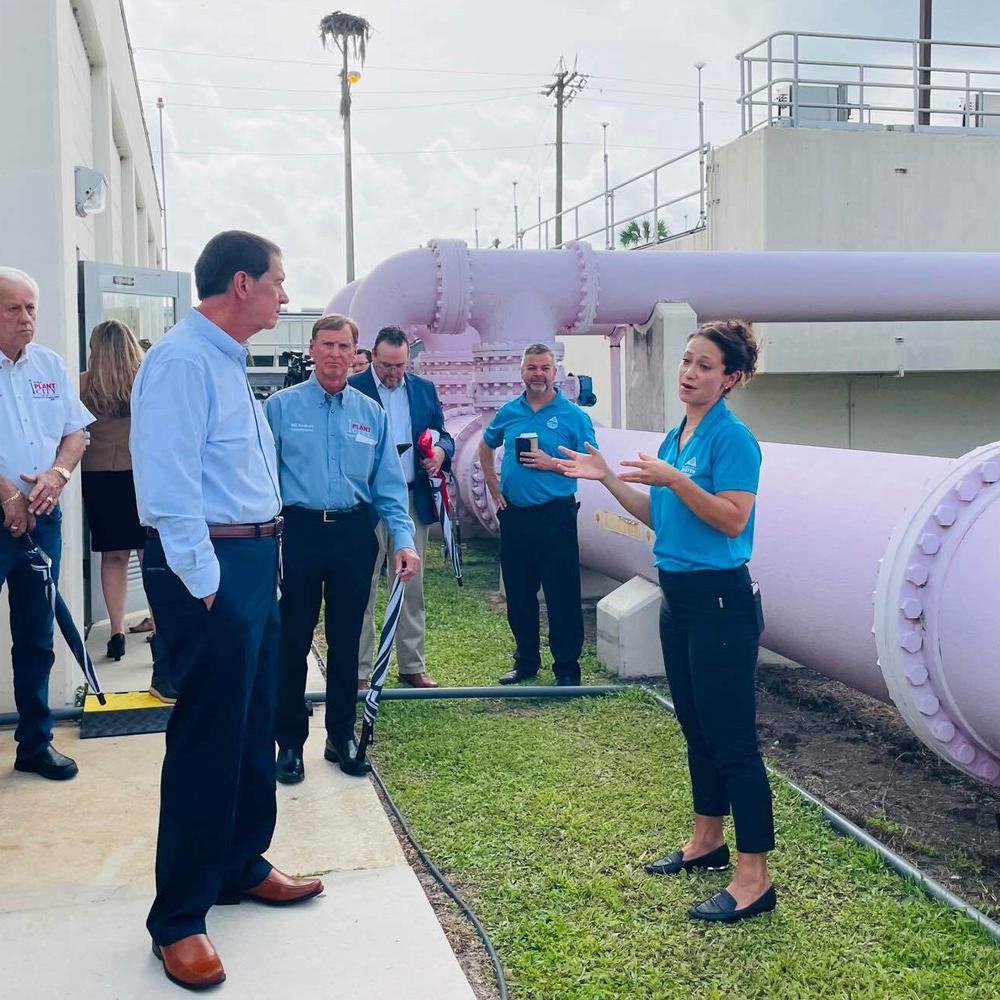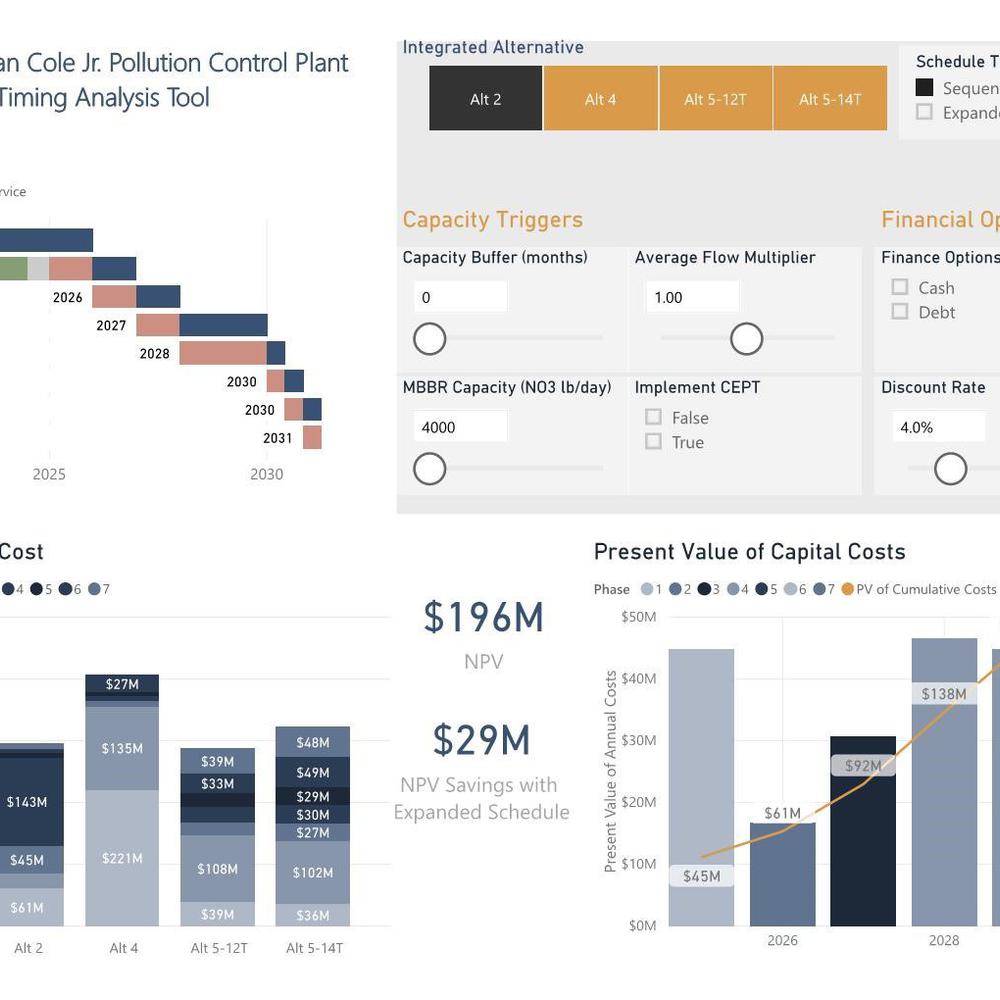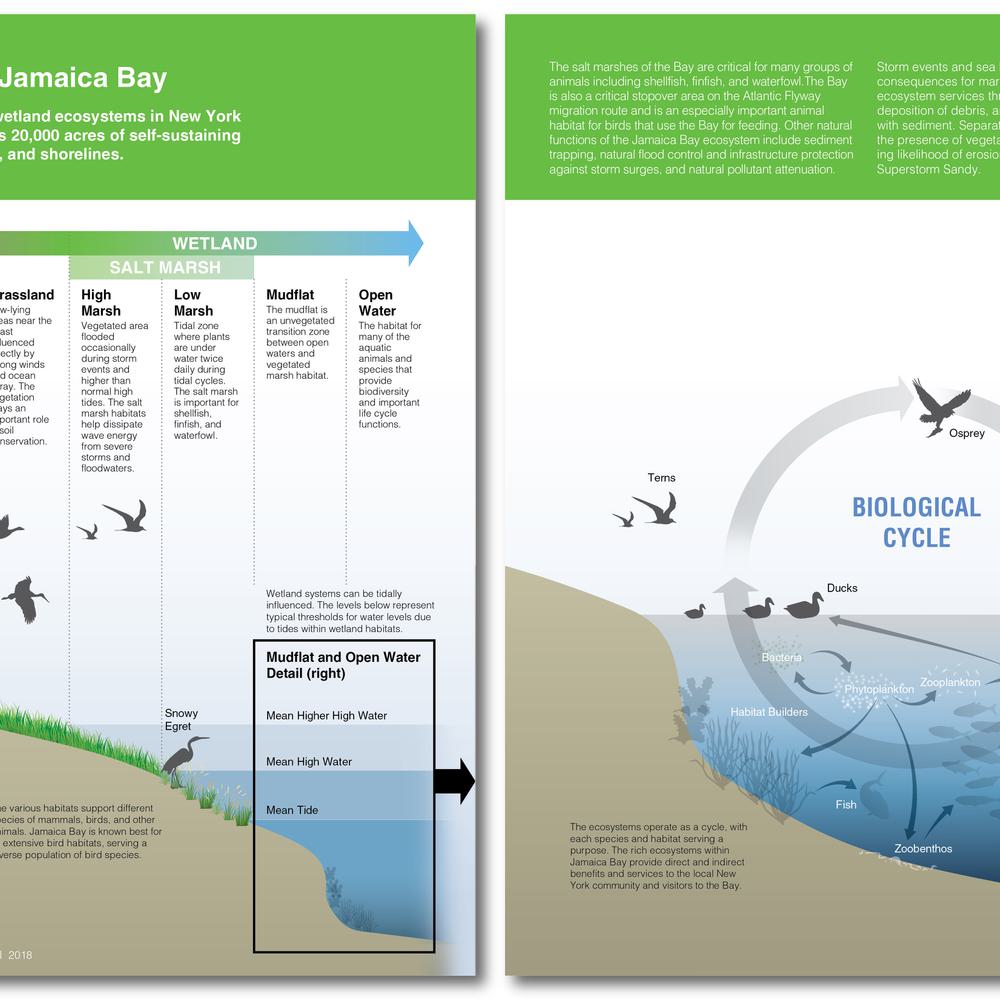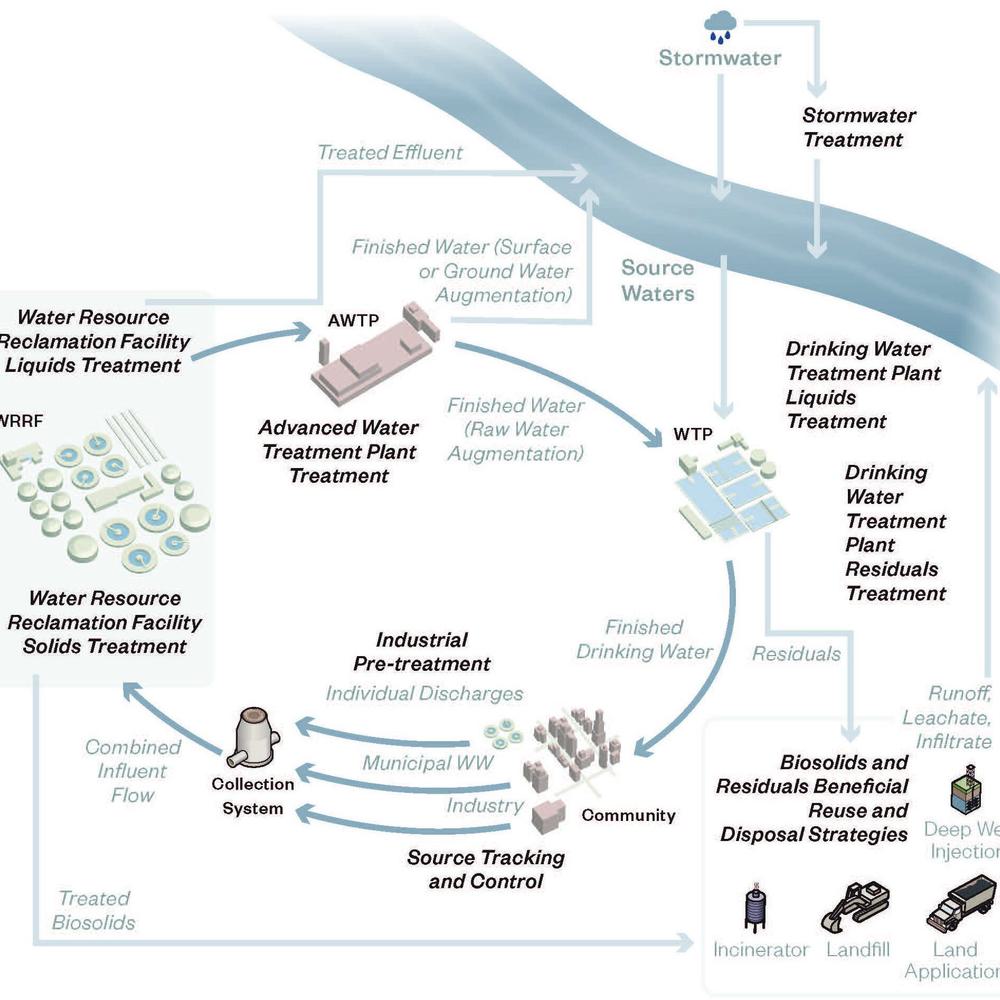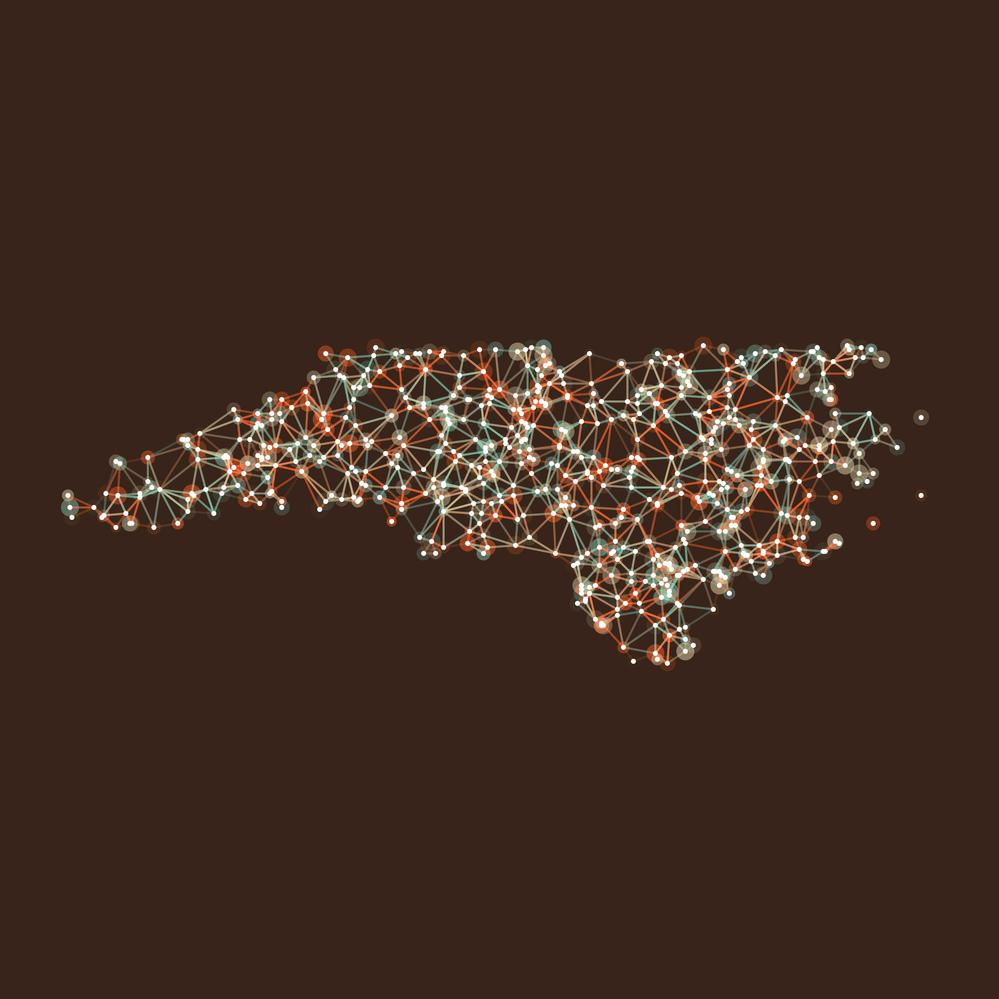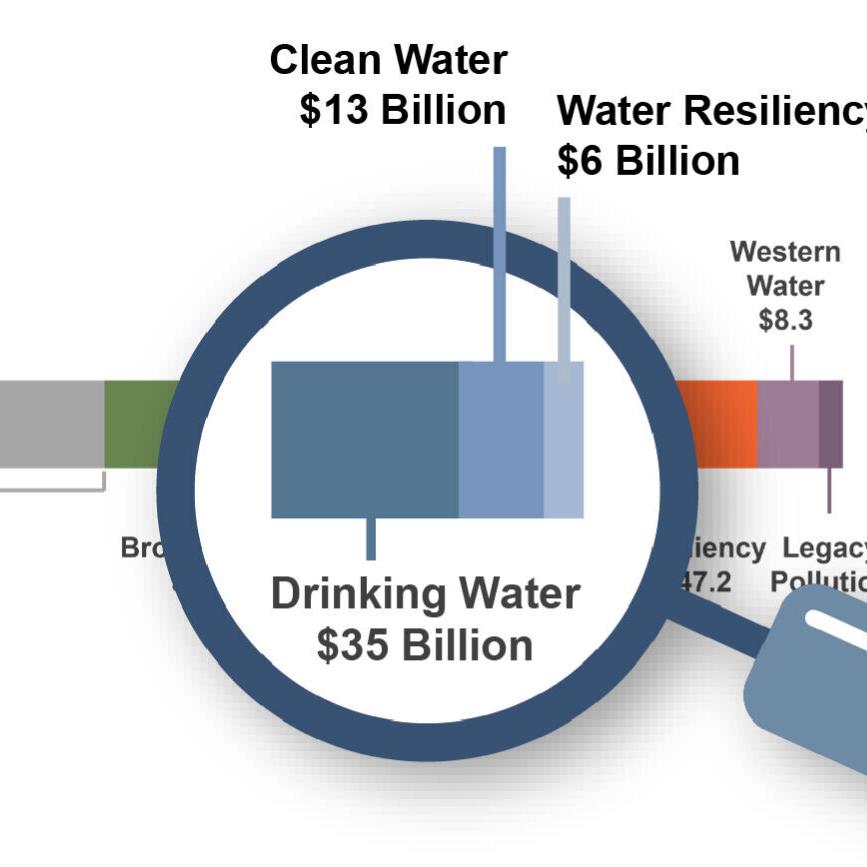Natural Resource Analysis of Lake Okeechobee, Florida
The South Florida Water Management District retained Hazen and Sawyer to conduct an analysis of phosphorus control strategies north of Lake Okeechobee. The goal was to provide a benefit-cost analysis of new phosphorus control alternatives (PCAs) to further reduce phosphorus loads entering the lake.
The results of this project were used by the District to develop the implementation plan to meet the phosphorus Total Maximum Daily Load (TMDL) for Lake Okeechobee. This study was published in the Florida Water Resources Journal (June 2004) and presented at numerous conferences.

Grace Johns is responsible for economic and financial studies for Hazen, including the monetization of benefits that reflect stakeholder willingness-to-pay for water and wastewater services.
Protecting Local Resources
Lake Okeechobee, located in central Florida, serves as a multiple-use resource that supports valuable commercial fisheries, provides flood control, and acts as a reservoir for both potable and irrigation waters for much of south Florida.
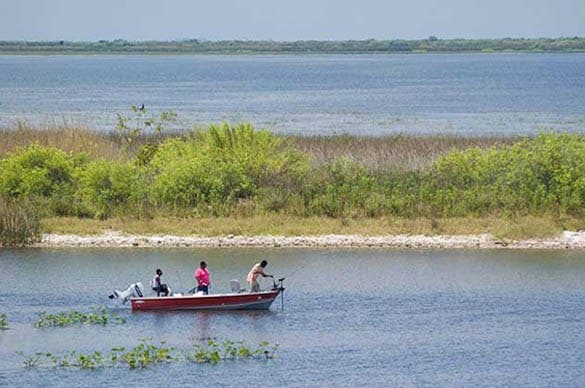
Project Outcomes and Benefits
- Study developed 10 PCAs and identified benefits and costs of each PCA using a full-cost accounting approach, attempting to identify and quantify the social benefits and costs resulting from a policy decision.
- A computerized alternatives evaluation/full-cost accounting model was developed during this study, which allowed for updating as new data and information became available.
- A desktop evaluation of alternative nutrient reduction technologies for Lake Okeechobee was completed and two additional PCAs were evaluated.

